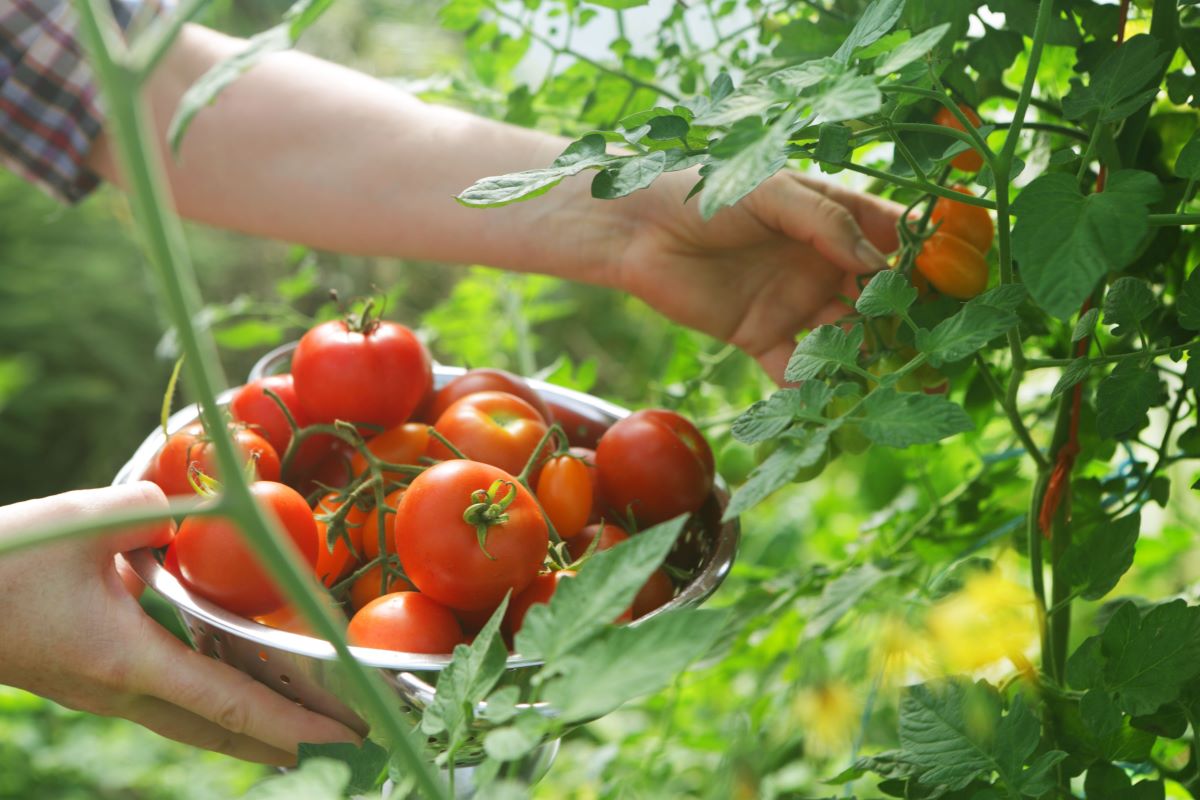

Articles
How To Store Garden Tomatoes
Modified: February 24, 2024
Learn how to store garden tomatoes properly to preserve their freshness and flavor. Read our informative articles for helpful tips and tricks.
(Many of the links in this article redirect to a specific reviewed product. Your purchase of these products through affiliate links helps to generate commission for Storables.com, at no extra cost. Learn more)
Introduction
Welcome to the world of gardening, where you can experience the joy and satisfaction of growing your own fruits and vegetables. If you’ve been cultivating a bountiful tomato garden, you might find yourself wondering how to store those delicious, homegrown tomatoes for long-term use. After all, you don’t want your precious harvest to go to waste!
Proper tomato storage is essential to ensure the longevity and quality of your tomatoes. Whether you plan to enjoy them fresh, preserve them for future use, or share them with friends and family, knowing the right techniques will help you make the most of your tomato bounty.
In this article, we will guide you through the process of storing garden tomatoes, including the harvest, preparation, and various storage methods. You’ll learn the best practices to keep your tomatoes fresh and flavorful, extending their shelf life and allowing you to enjoy the fruits of your labor for months to come.
So, if you’re ready to embark on a tomato storage adventure, let’s dive in!
Key Takeaways:
- Proper tomato storage is crucial for maintaining flavor, safety, and longevity. From harvesting to choosing the right storage method, following best practices ensures your homegrown tomatoes can be enjoyed for months to come.
- Storing tomatoes on the counter allows for short-term ripening, while refrigeration and freezing are ideal for longer preservation. Canning offers a year-round supply of fresh tomatoes for various culinary adventures.
Read more: How To Store Tomato Seeds
Why Proper Storage is Important
Proper storage of garden tomatoes is crucial for several reasons. First and foremost, it helps to maintain their flavor and texture. Tomatoes are delicate fruits that can quickly deteriorate if not stored correctly. Improper storage can lead to flavor loss, softening, and even mold growth.
Furthermore, proper storage ensures that you can enjoy your tomatoes well beyond the growing season. When stored correctly, tomatoes can last for several weeks, or even months, depending on the storage method. This allows you to savor the taste of summer all year round and avoid the disappointment of wasted harvest.
Proper tomato storage is also important for food safety. Tomatoes are perishable items that can harbor bacteria, such as Salmonella or E. coli, if not handled and stored properly. By following the recommended storage guidelines, you can minimize the risk of harmful bacterial growth and ensure the safety of your tomatoes.
In addition, proper storage techniques help to reduce food waste, which is a growing concern in our society. By protecting the quality of your tomatoes and extending their shelf life, you can make the most out of your garden’s harvest and minimize the amount of food that goes to waste.
Lastly, efficient storage methods allow you to maximize the space in your kitchen or pantry. By storing tomatoes in the appropriate way, you can optimize storage capacity, making room for other produce or preserving essentials.
Overall, proper storage is important to maintain the taste, safety, longevity, and efficiency of your garden tomatoes. By implementing the right techniques, you can ensure that your hard-earned harvest will be enjoyed to its fullest potential.
Harvesting Tomatoes
Before you can begin the process of storing your garden tomatoes, it’s essential to know when and how to harvest them. Proper harvesting ensures that your tomatoes are at their peak ripeness, which is crucial for long-term storage.
The ideal time to harvest tomatoes depends on the variety you are growing. In general, you want to wait until the tomatoes have reached their mature color. This could be red, orange, yellow, or even green, depending on the specific variety. Avoid picking tomatoes that are still green and under-ripe, as they will not store well and may not develop the desired flavor.
To harvest tomatoes, gently hold the fruit in one hand and twist it away from the stem or use a pair of pruning shears to cut it. Be careful not to drop or crush the tomatoes during the harvest process, as they are quite delicate.
It’s essential to handle the tomatoes with care to prevent bruising or damage. Even minor injuries can lead to accelerated spoilage, so make sure to handle the fruits gently and avoid dropping them onto hard surfaces.
Harvesting tomatoes regularly is important to encourage the plant to continue producing more fruits. Check your tomato plants every few days, especially during the peak harvest season, and pick the ripe tomatoes. Leaving overripe or rotten tomatoes on the vine can promote the growth of pests and diseases.
Once you’ve harvested your tomatoes, it’s time to prepare them for storage. Proper preparation is key to ensuring the longevity and quality of your tomatoes. Let’s explore the next steps in the tomato storage journey.
Preparing Tomatoes for Storage
After harvesting your garden tomatoes, it’s important to properly prepare them for storage to ensure they maintain their freshness and flavor. The following steps will guide you in preparing your tomatoes for long-term storage:
1. Wash the tomatoes: Start by gently washing the tomatoes with cool water to remove any dirt, debris, or pesticide residues. Avoid using soap or detergents as they can leave a residue and affect the taste of the tomatoes. Pat them dry with a clean cloth or paper towel.
2. Remove stems: Use a sharp knife or your hands to remove the stems from the tomatoes. This helps prevent moisture loss and reduces the risk of mold or bacterial growth during storage. If the tomatoes have a green stem, leave it intact as it can help prolong their freshness.
3. Inspect for damage: Carefully examine each tomato for any signs of bruising, rot, or disease. Discard any damaged or spoiled tomatoes as they can quickly spread and affect the quality of the others. It’s crucial to only store healthy and intact tomatoes for long-term preservation.
4. Sort by ripeness: Separate the tomatoes based on their ripeness level. Group together the fully ripe tomatoes, the ones that are slightly underripe, and those that are still green. This will help you plan your storage method and ensure proper ripening if needed.
5. Optional pre-treatment: If you have harvested mostly green tomatoes, you can consider pre-treating them to encourage ripening. Place the green tomatoes in a paper bag or cardboard box along with a ripe banana or apple. The ethylene gas produced by the ripe fruit will speed up the ripening process of the tomatoes.
By following these steps, you can ensure that your tomatoes are clean, free from damage, and properly sorted for storage. Now it’s time to explore the different storage methods available for storing your precious tomatoes.
Choosing the Right Storage Method
When it comes to storing garden tomatoes, there are several methods to choose from, each with its own benefits and considerations. The right storage method for you will depend on factors such as how long you intend to store the tomatoes, the available space in your kitchen or pantry, and your desired use for the tomatoes. Let’s explore some popular storage methods:
1. Storing Tomatoes on the Counter:
This method is ideal for short-term storage when you plan to use the tomatoes within a week or two. Simply place the tomatoes on a clean, dry counter, away from direct sunlight. Make sure to check them regularly for any signs of spoilage and use them as soon as they reach your desired level of ripeness.
2. Storing Tomatoes in the Refrigerator:
If you need to store tomatoes for a longer period, the refrigerator can be a good option. However, refrigeration can affect the texture and flavor of tomatoes, so it’s best to use this method only if you can’t consume them within a week or so.
Place the tomatoes in a breathable container, such as a cardboard box or paper bag, and store them in the vegetable compartment or crisper drawer of your refrigerator. Keep in mind that cold temperatures can cause the tomatoes to become mealy, so try to use them within two weeks for optimal quality.
3. Storing Tomatoes in the Freezer:
Freezing is an excellent method for long-term storage or preserving tomatoes for future use. However, it is important to note that freezing alters the texture of tomatoes, making them mushy when thawed. Frozen tomatoes are best used in cooked dishes like soups, sauces, or stews.
To freeze tomatoes, start by washing and blanching them in boiling water for about a minute. Then, transfer them to an ice bath to cool. Peel off the skin, remove the seeds if desired, and pack the tomatoes into airtight containers or freezer bags. Label them with the date and place them in the freezer for up to six months.
4. Storing Tomatoes in Canning Jars:
Canning is an excellent method for preserving tomatoes in their own juices. This process involves heat processing and sealing tomatoes in glass jars, allowing them to be stored at room temperature for an extended period.
To can tomatoes, start by washing and sterilizing the jars and lids. Prepare the tomatoes by blanching, removing the skin and seeds if desired. Pack the tomatoes tightly into the jars, leaving about 1 inch of headspace. Add lemon juice or citric acid to each jar to maintain acidity.
Process the jars in a water bath canner according to proper canning guidelines. Once cooled, check the seals, label the jars, and store them in a cool, dark place for up to 12 months.
Consider the length of storage, available space, and intended usage when selecting the appropriate storage method for your garden tomatoes. These storage options will help you enjoy the delicious taste of your homegrown tomatoes throughout the year.
Read more: How To Store Tomatoes After Harvest
Storing Tomatoes on the Counter
Storing tomatoes on the counter is a convenient method when you plan to use them within a week or two. It allows the tomatoes to ripen fully and develop their optimal flavor. Here is how to store tomatoes on the counter:
1. Select ripe tomatoes: Choose fully ripe tomatoes that are free from any signs of damage or decay. Avoid storing green or underripe tomatoes on the counter, as they won’t ripen properly and may spoil before reaching their peak flavor.
2. Arrange in a single layer: Place the tomatoes in a single layer on a clean, dry counter or tabletop. Make sure to leave some space between each tomato to allow for air circulation, which helps prevent moisture buildup and reduces the risk of spoilage.
3. Avoid direct sunlight: Keep the tomatoes away from direct sunlight. Excessive heat and sunlight can cause the tomatoes to overripen or spoil quickly. Find a cool and shaded spot in your kitchen or pantry to store them.
4. Check regularly: It’s important to check the tomatoes daily to monitor their ripeness and to remove any spoiled or overripe ones promptly. Ripe tomatoes should be firm but slightly yielding when gently pressed. Use the ripest tomatoes first to enjoy them at their peak flavor.
Storing tomatoes on the counter allows them to continue ripening and develop their full flavor. It’s important to consume them within a week or two to ensure they remain fresh and delicious. If you find yourself with a surplus of tomatoes that won’t be used within this timeframe, you can consider alternative storage methods such as refrigeration or freezing to prolong their shelf life.
Remember, storing tomatoes on the counter is a great option for short-term storage, ensuring that you can enjoy the incredible taste of vine-ripened tomatoes in your meals.
Store garden tomatoes at room temperature, away from direct sunlight. Keep them stem-side down to prevent moisture loss and store away from other fruits to prevent premature ripening. Check regularly for ripeness and use within a few days.
Storing Tomatoes in the Refrigerator
When you need to store tomatoes for a longer period, the refrigerator can be a suitable option. While refrigeration may affect the texture and flavor of tomatoes, it can help prolong their shelf life. Here’s how to properly store tomatoes in the refrigerator:
1. Choose ripe tomatoes: Select ripe tomatoes that are free from any signs of damage or decay. Fully ripened tomatoes will have the best flavor and texture when refrigerated.
2. Place in a breathable container: To prevent moisture buildup and maintain air circulation, it’s important to store tomatoes in a breathable container. A cardboard box or a paper bag works well for this purpose. Alternatively, you can place them on a clean plate lined with a paper towel.
3. Store in the vegetable compartment: Put the container of tomatoes in the vegetable compartment or crisper drawer of your refrigerator. This area tends to have slightly higher humidity levels, which can help slow down the ripening process and preserve the freshness of the tomatoes.
4. Check regularly and use promptly: It’s crucial to check the tomatoes regularly for any signs of spoilage. Remove any moldy or overripe tomatoes to prevent them from affecting the others. Use the refrigerated tomatoes within two weeks for optimal texture and flavor.
Keep in mind that refrigerated tomatoes may not have the same flavor development as those stored at room temperature. They may become slightly mealy in texture, though they are still safe to consume. If you prefer to enjoy the full flavor of tomatoes, it’s generally recommended to consume them fresh or opt for alternative storage methods like canning or freezing.
Storing tomatoes in the refrigerator is a useful option when you want to extend their shelf life and have a longer storage timeframe in mind. It allows you to keep fresh tomatoes on hand for a week or two, ensuring that you can incorporate them into your favorite recipes whenever needed.
Storing Tomatoes in the Freezer
Freezing tomatoes is an excellent method for long-term storage, especially if you have a surplus of ripe tomatoes. While the texture of frozen tomatoes may change, they are perfect for use in cooked dishes like soups, sauces, and stews. Here’s how to properly store tomatoes in the freezer:
1. Prepare the tomatoes: Start by washing the tomatoes thoroughly under cool water to remove any dirt or debris. Pat them dry with a clean towel. If desired, you can blanch the tomatoes beforehand to help remove the skin and retain their color and texture.
2. Blanch the tomatoes (optional): Blanching involves briefly immersing the tomatoes in boiling water, then transferring them to an ice bath to cool rapidly. This process helps loosen the skin, making it easier to peel. However, blanching is optional, and you can also freeze tomatoes without blanching if preferred.
3. Remove the skins and cores: If you decide to blanch the tomatoes, carefully peel off the skin after they have cooled. You can also remove the cores if preferred, although it’s not necessary. Removing the skins and cores can help maintain a smoother texture in certain dishes.
4. Pack into freezer-safe containers: Place the prepared tomatoes into freezer-safe containers, such as zip-top bags or airtight containers. Squeeze out as much air as possible from the bags before sealing to prevent freezer burn. If using containers, make sure to leave some headspace to allow for expansion during freezing.
5. Label and date the containers: To keep track of the freezing date, label each container with the content, quantity, and date of freezing. This will help you determine their freshness and avoid keeping them in the freezer for too long.
6. Freeze the tomatoes: Place the sealed containers in the freezer and ensure they are stored in a flat position. This will allow the tomatoes to freeze quickly and evenly. Avoid stacking or crushing the containers during freezing to maintain their shape.
Frozen tomatoes can be stored in the freezer for up to 6 months. When you’re ready to use them, simply thaw the desired quantity in the refrigerator overnight or use them directly in cooking without thawing. Keep in mind that the texture of thawed tomatoes may become softer, making them ideal for use in sauces, soups, or other cooked dishes.
Freezing tomatoes is a great solution for preserving your harvest and enjoying the fresh flavor of tomatoes throughout the year. Whether you decide to blanch them or freeze them as is, this method provides a convenient way to store your extra tomatoes for future culinary adventures.
Storing Tomatoes in Canning Jars
If you’re looking for a long-term storage option that retains the flavor and quality of your tomatoes, canning is an excellent choice. Storing tomatoes in canning jars allows you to preserve their freshness, making them perfect for use in various recipes throughout the year. Here’s how to store tomatoes in canning jars:
1. Prepare the canning jars: Start by washing the canning jars and lids in hot, soapy water. Rinse them thoroughly to remove any soap residue. Sterilize the jars and lids by placing them in a large pot of boiling water for a few minutes. Remove them from the hot water using canning tongs and let them air-dry on a clean towel.
2. Prepare the tomatoes: Wash the tomatoes under cool water and remove any stems or blemishes. Blanche the tomatoes in boiling water for about a minute, then transfer them to an ice bath to cool rapidly. This process will help to remove the skin easily. Once cooled, gently peel off the skin. You can also remove the core if desired.
3. Pack the tomatoes: Pack the prepared tomatoes into the sterilized canning jars, leaving about 1 inch of headspace at the top. Fill the jars with tomatoes, ensuring they are packed tightly but not crushed. Add lemon juice or citric acid to each jar to maintain acidity and prevent spoilage.
4. Remove air bubbles: Use a plastic spatula or a chopstick to remove any air bubbles trapped in the jar. Gently slide the tool along the sides of the jar to release any trapped air. This step helps to avoid potential spoilage and ensures the jar is properly filled with tomatoes and juice.
5. Seal the jars: Wipe the rims of the jars with a clean, damp cloth to remove any residue. Place the sterilized lids on top of the jars and secure them with the canning rings. Make sure not to overtighten the rings; they should be fingertip tight to allow for proper air circulation during processing.
6. Process the jars: Place the filled and sealed jars in a water bath canner, ensuring they are fully submerged in water. Process the jars according to the recommended processing time for your altitude and the jar size. Once the processing is complete, carefully remove the jars from the water bath using canning tongs and place them on a towel-lined surface to cool. As the jars cool, you’ll hear the satisfying “pop” sound, indicating a successful seal.
7. Store the jars: After the jars have cooled completely, check the seals by pressing down on the center of the lid. If the lid is firm and doesn’t move or make a popping sound, it is properly sealed. Label each jar with the contents and date, and store them in a cool, dark place such as a pantry or cupboard. Properly stored canned tomatoes can retain their quality for up to 12 months.
Canning tomatoes allows you to enjoy the taste and goodness of fresh tomatoes throughout the year. Whether you use them in soups, sauces, or other recipes, the preserved flavor will be a delightful reminder of your bountiful garden harvest.
Tips for Extending Shelf Life
Properly storing garden tomatoes is essential for extending their shelf life and preserving their freshness. By following these tips, you can maximize the longevity of your tomatoes:
1. Handle with care: Tomatoes are delicate fruits that can easily bruise or become damaged, leading to spoilage. Handle tomatoes gently, avoiding dropping or squeezing them tightly. Even minor injuries can accelerate the ripening process and shorten their shelf life.
2. Store at optimal temperature: Tomatoes are sensitive to temperature extremes. Store them at a cool, but not cold, temperature to maintain their quality. Temperatures between 55°F (13°C) and 70°F (21°C) are ideal. Avoid storing tomatoes near heat sources or in direct sunlight, as this can cause ripening or spoilage.
3. Separate tomatoes with blemishes: If you notice any tomatoes with blemishes or signs of decay, it’s important to separate them from the others. One bad tomato can quickly spoil the entire batch, so removing it helps to extend the shelf life of the remaining ones.
4. Avoid storing near ethylene-producing fruits: Ethylene is a natural ripening hormone that certain fruits produce, like apples, bananas, and avocados. Keeping tomatoes in close proximity to these fruits can accelerate their ripening process, causing them to become overripe more quickly. Store tomatoes separately or in a breathable container to prevent exposure to ethylene.
5. Check regularly for spoilage: It’s essential to check your stored tomatoes regularly for any signs of spoilage. Look for mold, soft spots, or an unpleasant odor. Remove any spoiled tomatoes immediately to prevent them from affecting the others. Regular inspections can help you catch any issues early on and extend the shelf life of the remaining ones.
6. Utilize unripe tomatoes: If you have unripe tomatoes that won’t have time to ripen before spoilage, don’t let them go to waste. Unripe tomatoes can be used in various recipes, such as pickles, relishes, fried green tomatoes, or chutneys. Explore different culinary possibilities to make the most of every tomato from your garden.
7. Rotate your tomatoes: When using stored tomatoes, it’s a good practice to rotate them so that the older ones are used first. By consuming the older tomatoes before they have a chance to spoil, you can minimize waste and make sure none of your precious harvest goes to waste.
By following these tips, you can maximize the shelf life of your garden tomatoes and enjoy their delicious taste for an extended period. Proper storage and handling are the key to preserving the freshness and quality of your tomatoes, allowing you to savor the flavors of summer all year round.
Conclusion
Storing garden tomatoes properly is essential to preserve their flavor, texture, and nutritional value. Whether you prefer to enjoy your tomatoes fresh, freeze them for later use, can them for long-term storage, or simply extend their shelf life, there are various methods to suit your needs.
By following the right techniques for harvesting, preparing, and storing tomatoes, you can make the most out of your garden’s bounty. From storing tomatoes on the counter for short-term use, to refrigerating them for a few weeks, or freezing and canning for long-term preservation, there’s a storage method to suit every situation.
Remember to select ripe tomatoes, handle them with care, and remove any damaged or spoiled ones to prevent spoilage. Additionally, paying attention to proper temperature, separating ethylene-producing fruits, and regularly checking for signs of spoilage will help you maintain the freshness and quality of your tomatoes.
Whether you’re looking forward to using them in your favorite recipes or preserving the taste of summer for the colder months, proper storage will ensure your homegrown tomatoes are a delight to enjoy.
So, as you embark on your tomato storage journey, be mindful of the tips and methods shared in this article. With the right approach, you can savor the incredible taste of your homegrown tomatoes long after the harvest season ends.
So go ahead and make the most out of your garden’s bounty – store those tomatoes with care, and enjoy the delicious flavors that will brighten up your meals throughout the year!
Frequently Asked Questions about How To Store Garden Tomatoes
Was this page helpful?
At Storables.com, we guarantee accurate and reliable information. Our content, validated by Expert Board Contributors, is crafted following stringent Editorial Policies. We're committed to providing you with well-researched, expert-backed insights for all your informational needs.
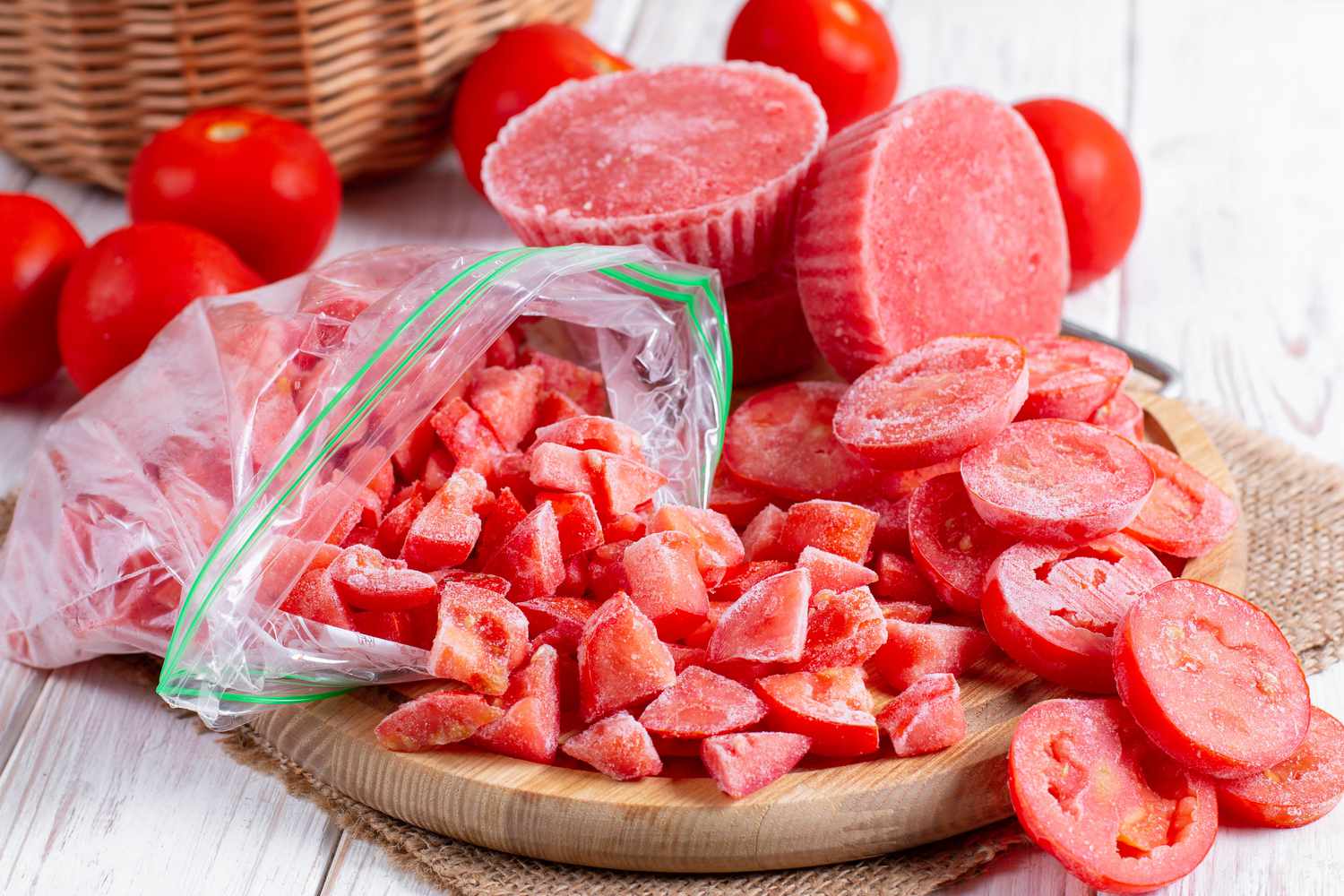
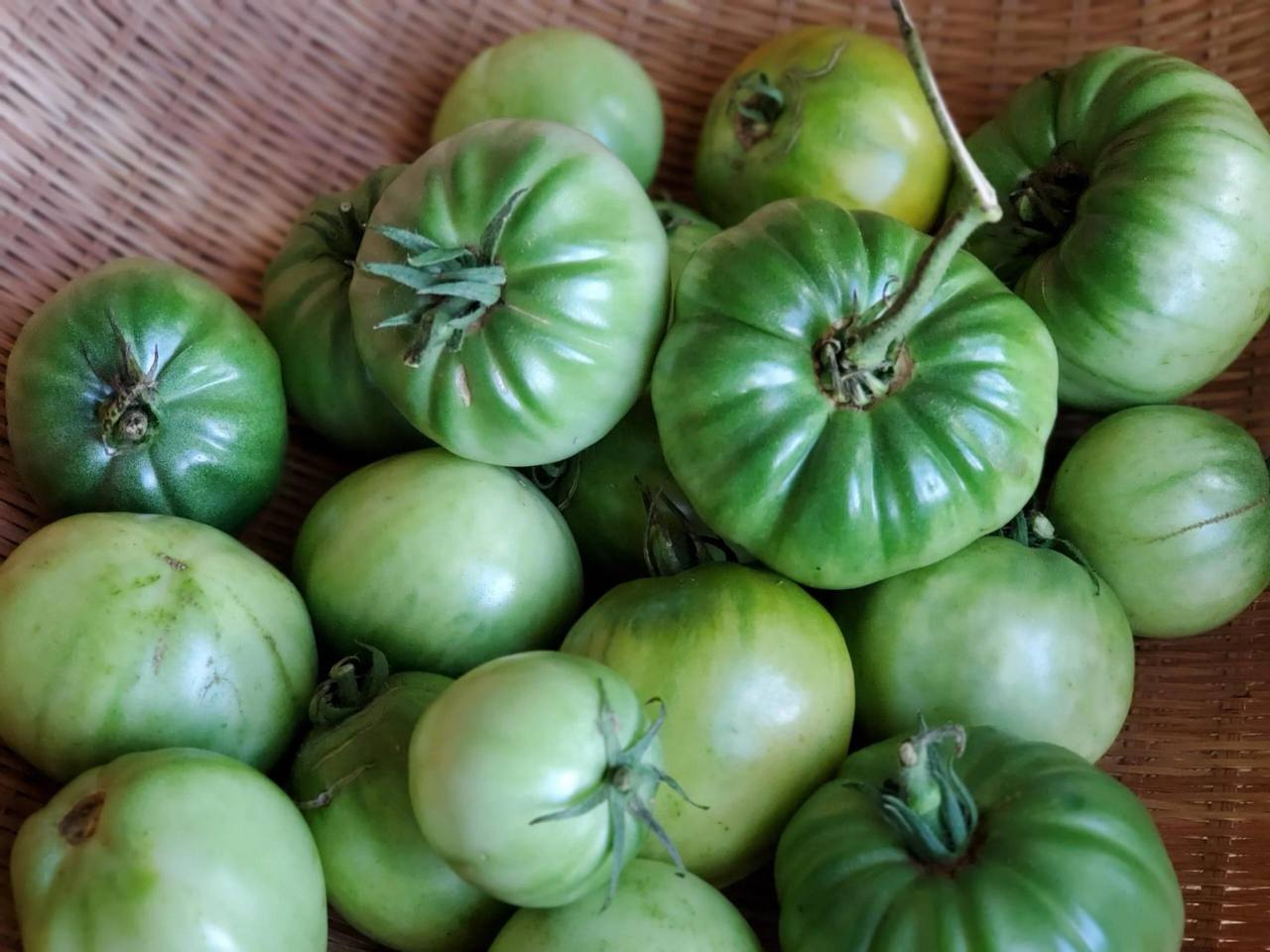
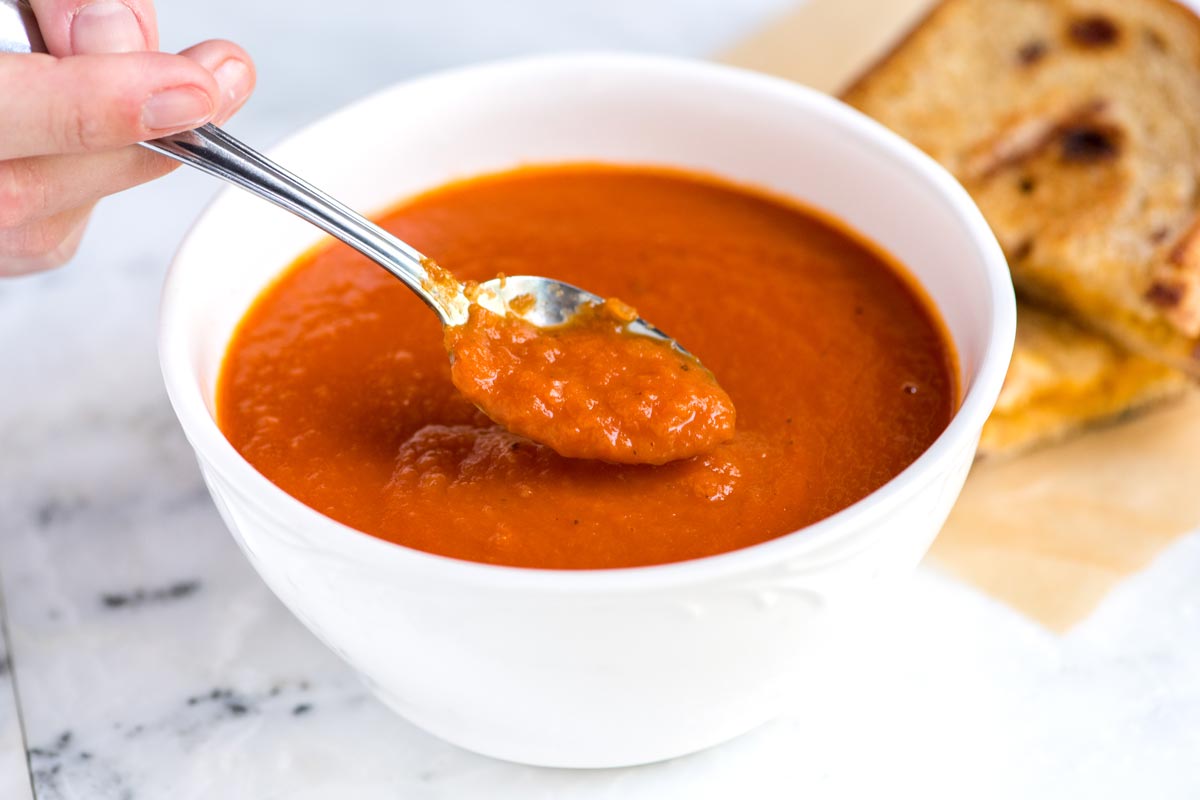
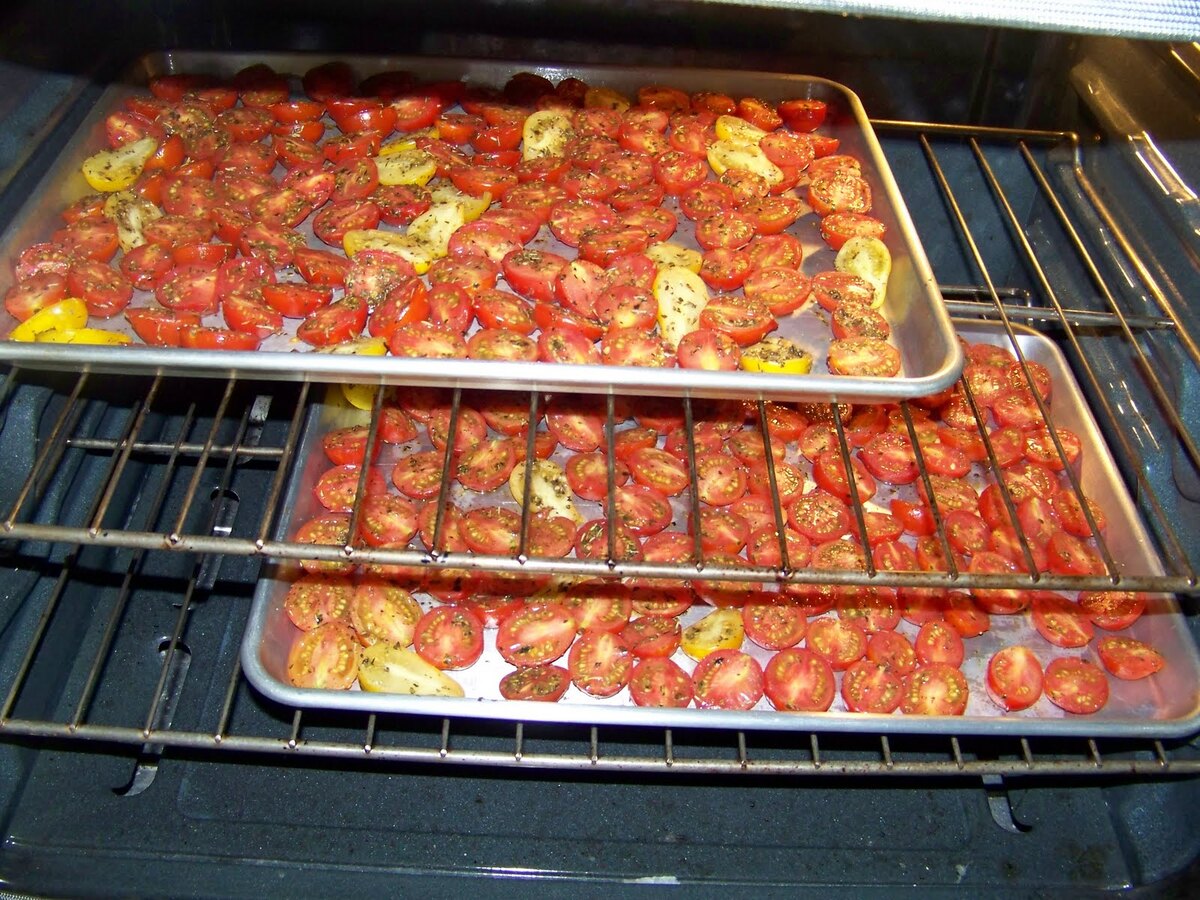

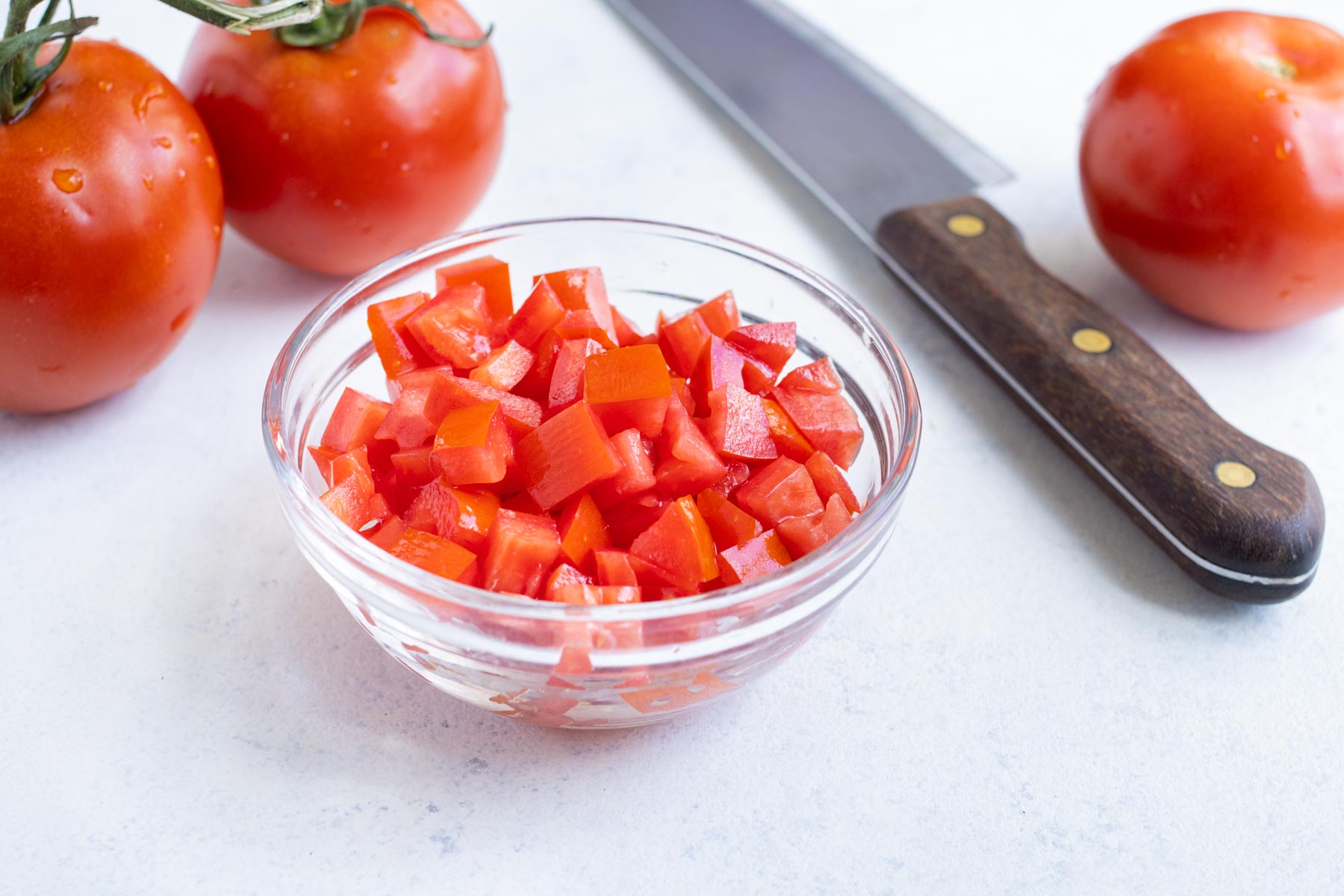
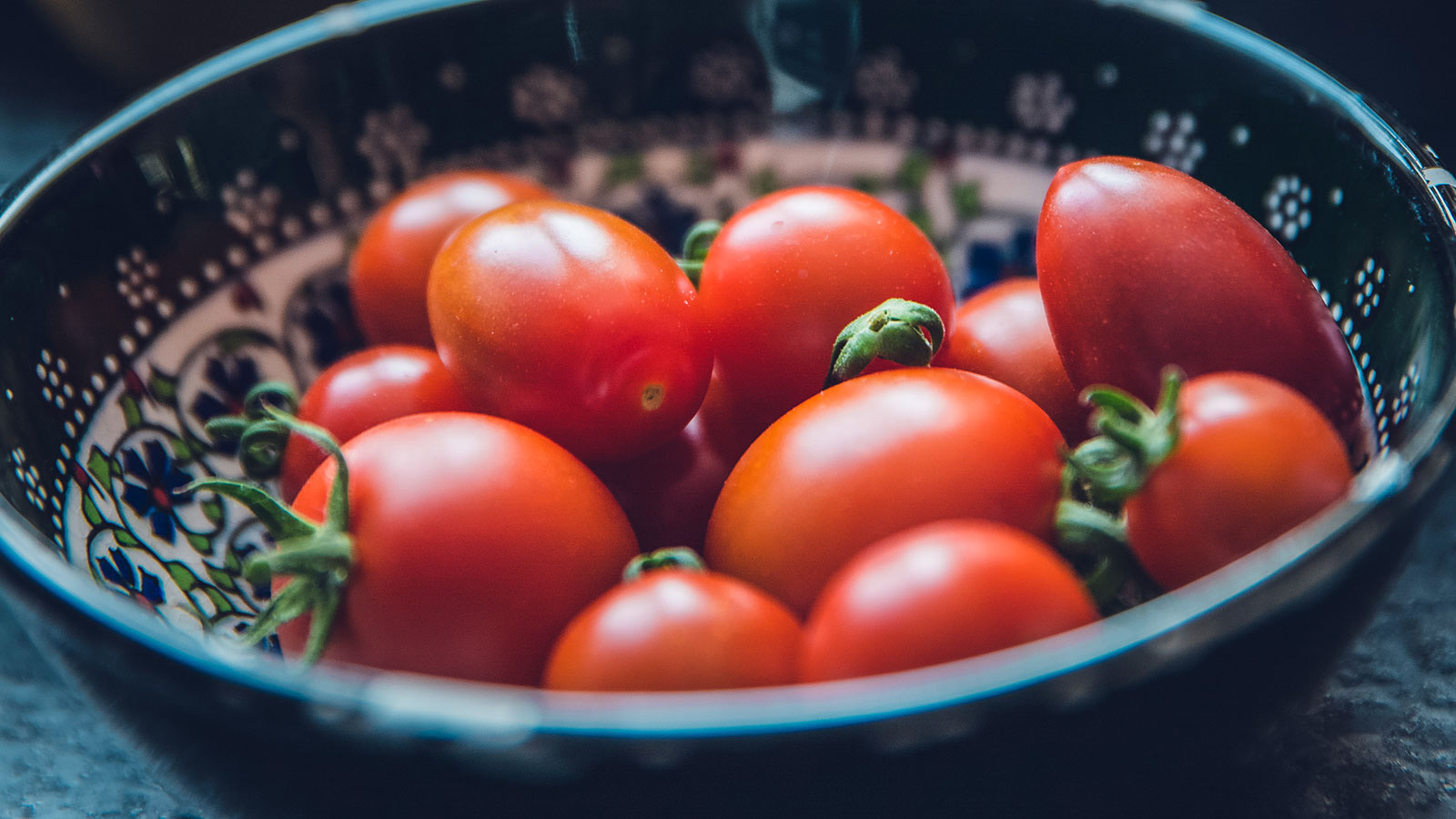
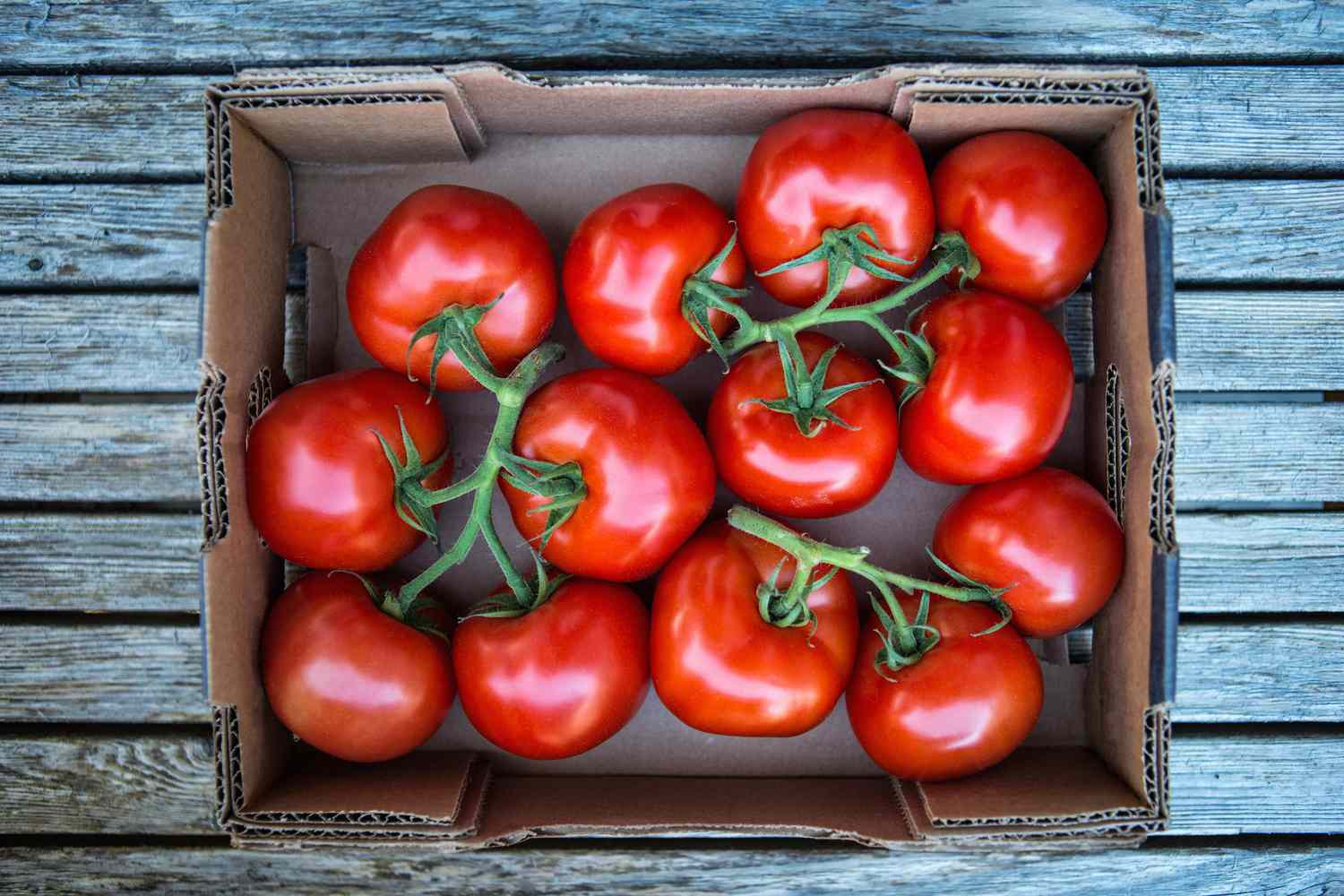
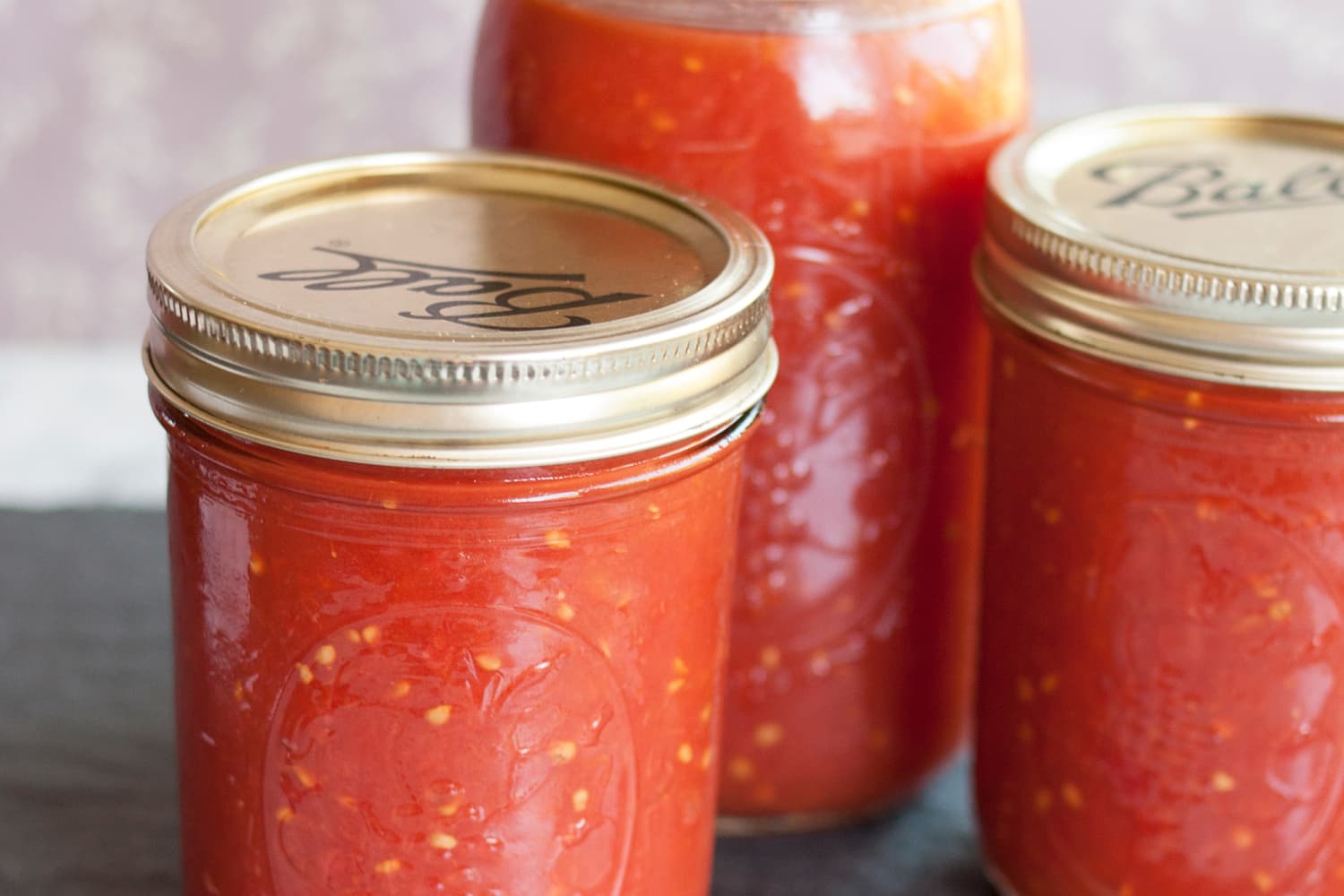
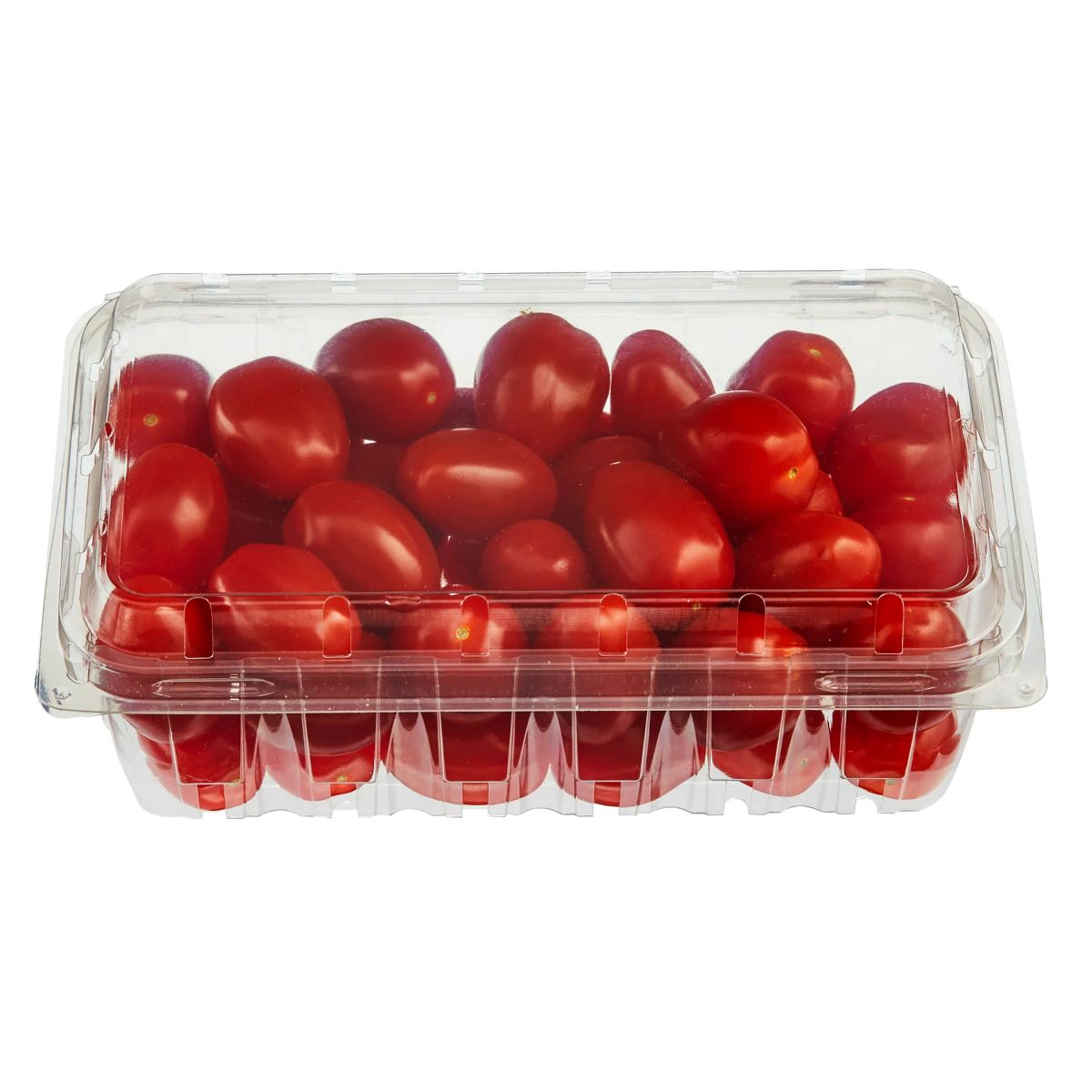
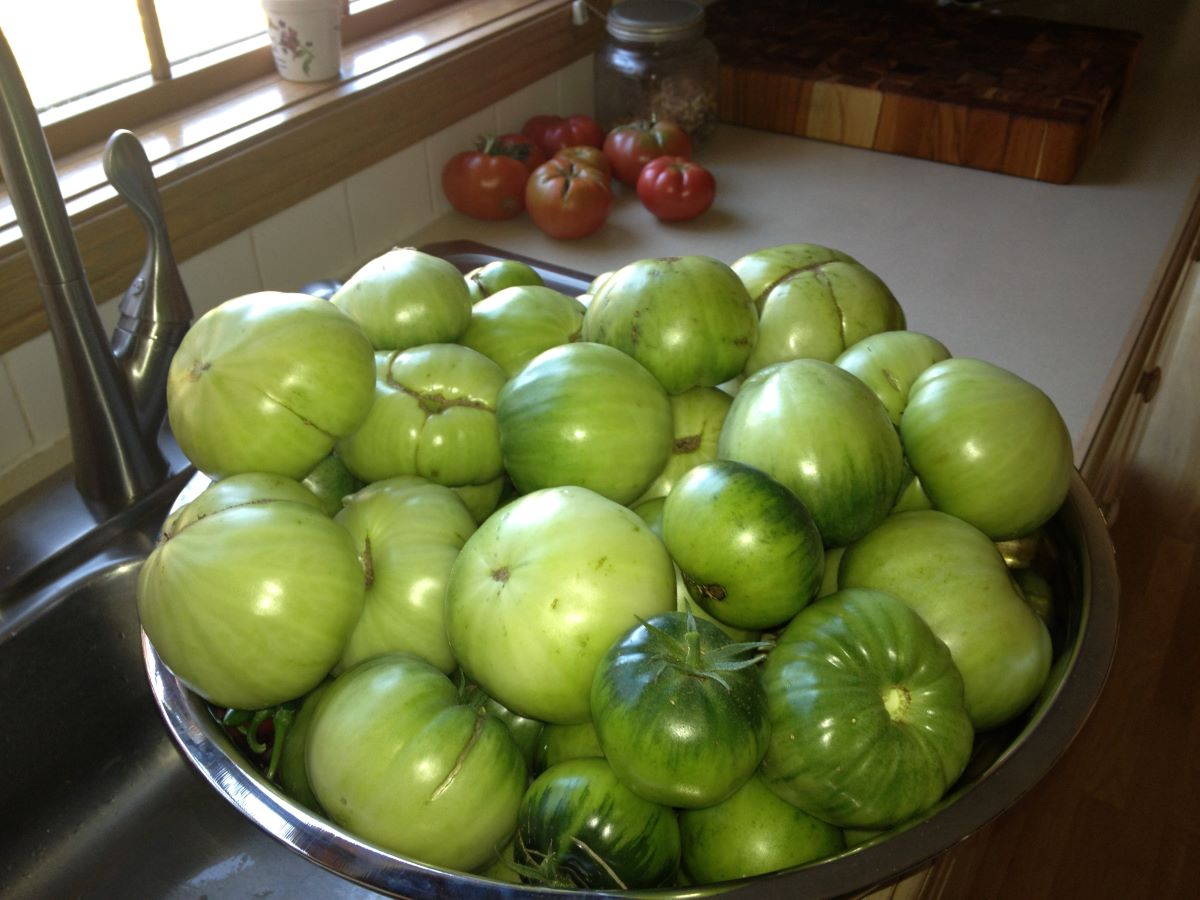
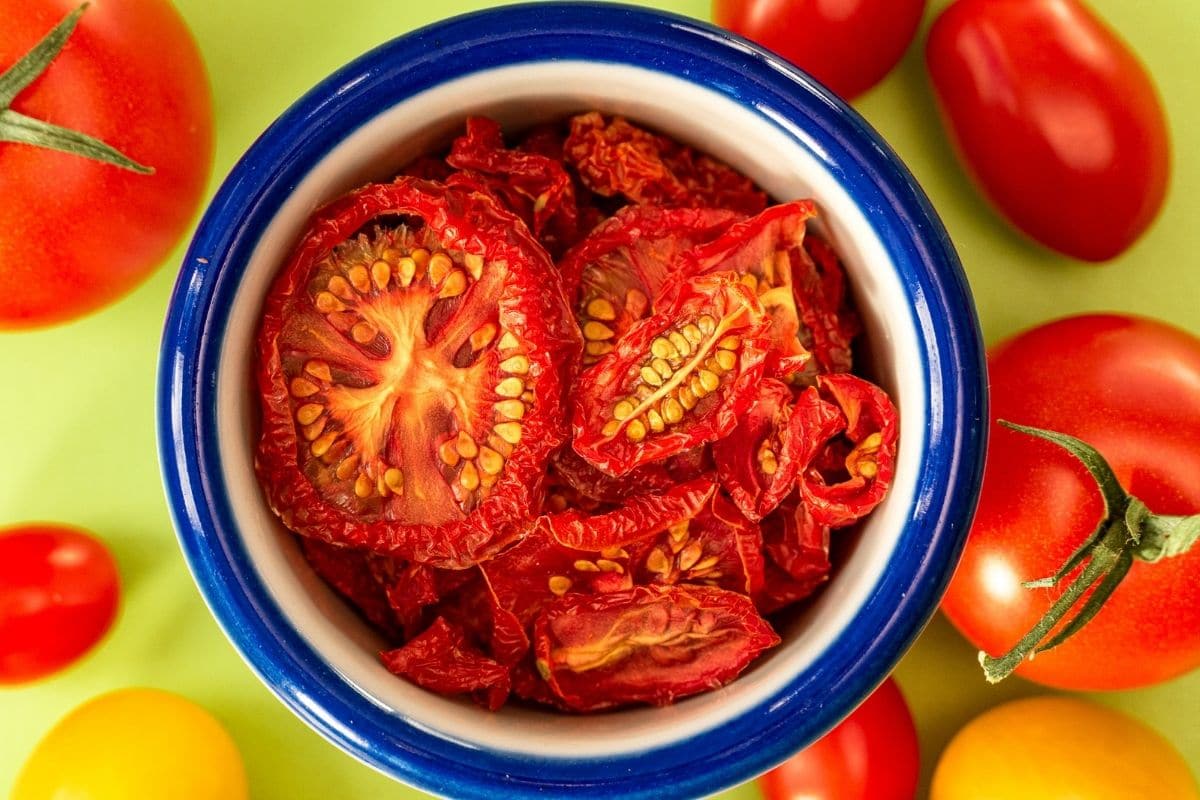
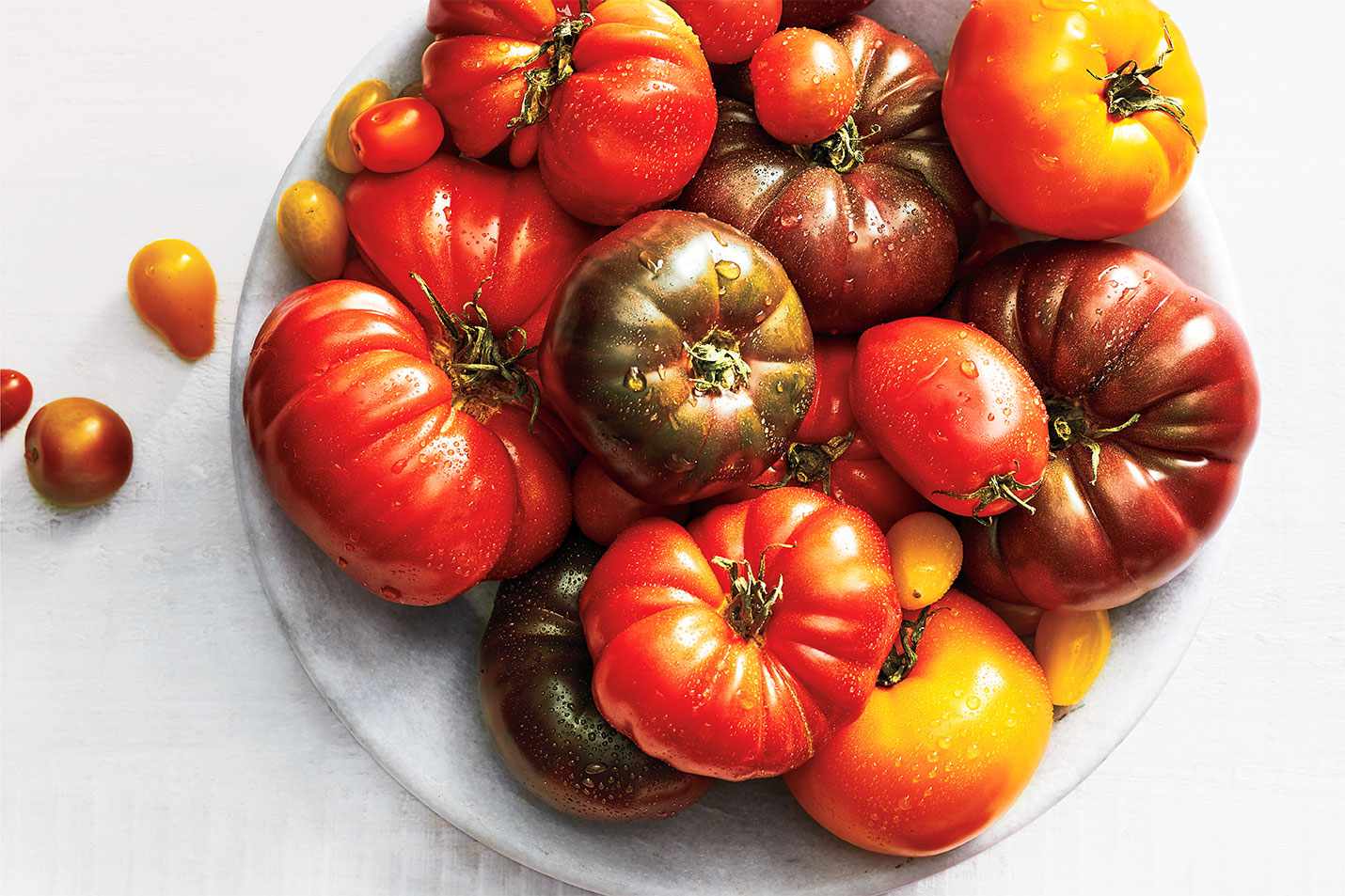

0 thoughts on “How To Store Garden Tomatoes”